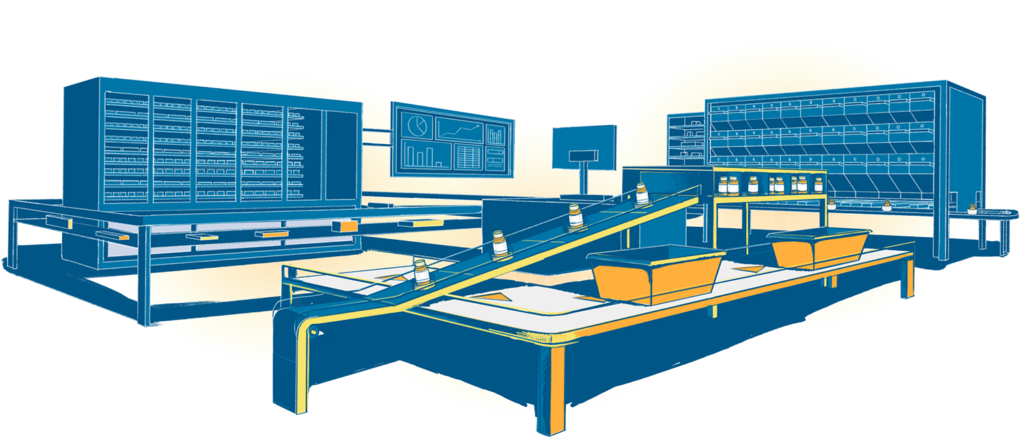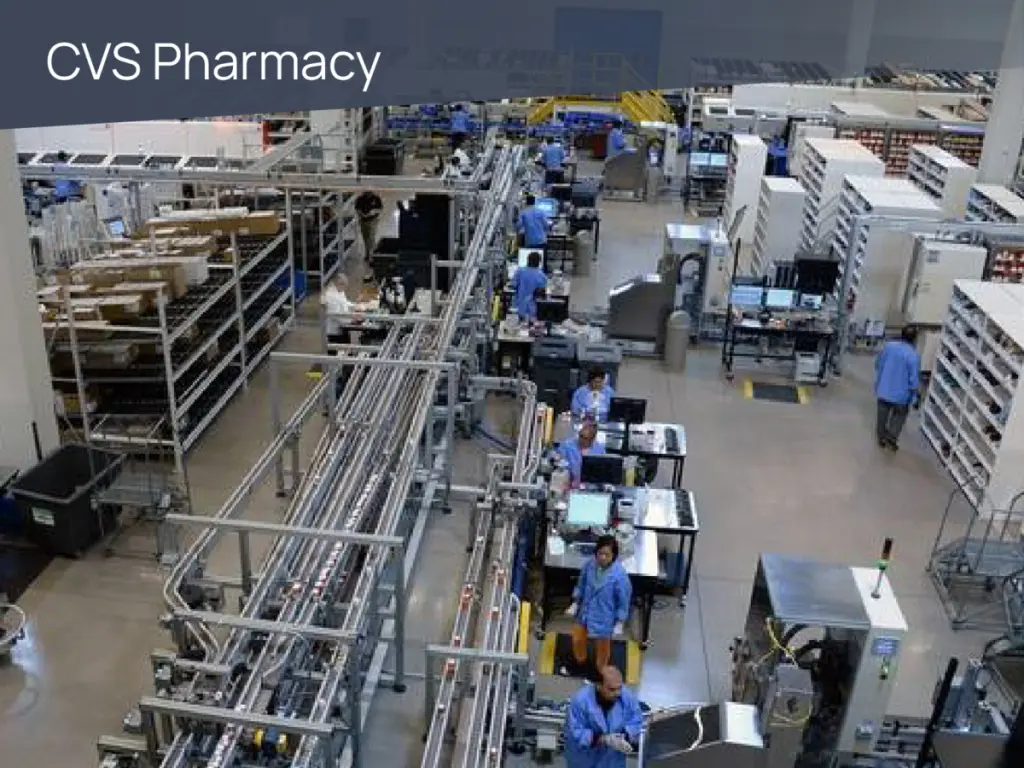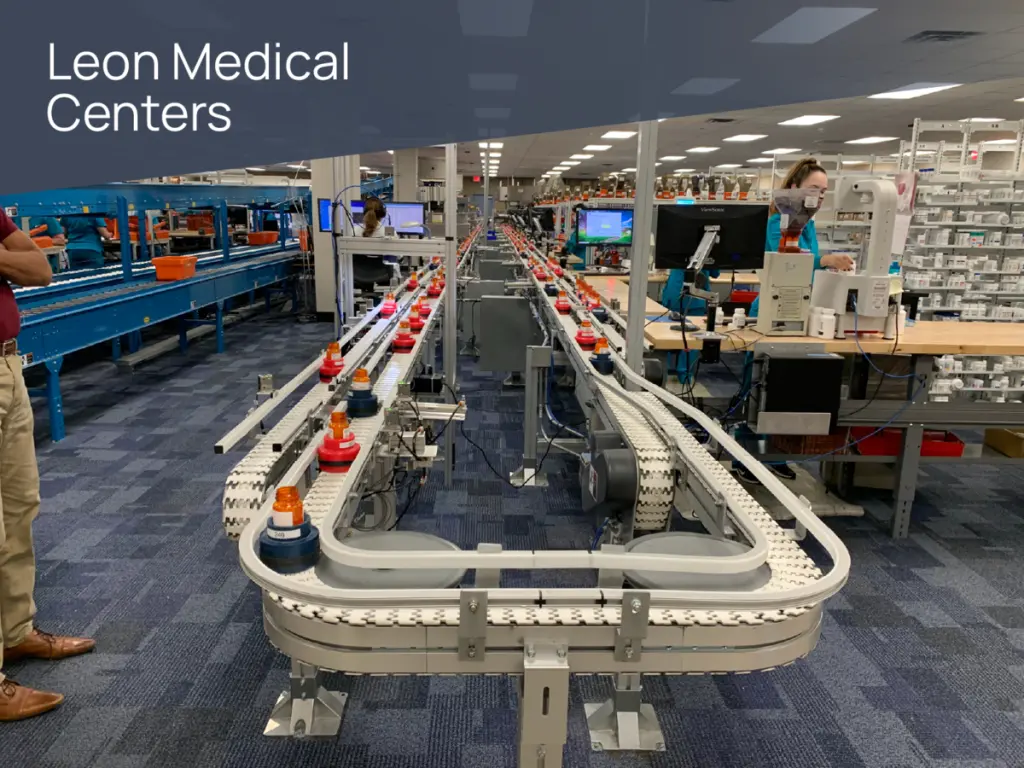

Central fill pharmacies today face unprecedented operational pressures. Prescription demand is projected to rise 10–12% by 2028, while workforce shortages will exceed 400,000 healthcare workers this year. Traditional pharmacy automation systems, many adapted from retail solutions, were never designed to handle the scale and complexity of today’s central fill environments.
“Purpose-built automation is essential for pharmacies to remain competitive while maintaining high levels of patient care.”
Central fill and mail-order pharmacies date back to the 1980s when Joseph Raymond, a pharmacist at the Veterans Administration (VA), conceived a way to deliver medications to VA patients quickly.
Technological advancements have played a crucial role in the evolution of central fill and mail-order pharmacies. Early systems were often niche and limited to a few large entities like the VA. By the early 2000s, chains like CVS, Walgreens, and Walmart started to look at the central fill model and the benefits of automation, accelerating central fill adoption.
Today, the industry is at a turning point. Purpose-built automation is essential for pharmacies to remain competitive while maintaining high levels of patient care.
Christopher Thomsen, VP of Business Development at Capsa Healthcare, emphasizes that automation is no longer just an enhancement, but a necessity due to increasing prescription volumes and ongoing workforce challenges. “Several key factors are driving the adoption of central fill and mail-order pharmacy: an aging population, labor shortages, medication error reduction, and the impact of the COVID-19 pandemic,” he says.
Legacy central fill systems aren’t built for today’s volume and regulatory requirements. They are frequently retrofitted retail pharmacy solutions equipped with a robotic arm. Because these systems weren’t designed for central fill use, they present several systemic challenges.
Because legacy solutions have a rigid footprint and model, pharmacies struggle to adapt these retrofitted solutions to increasing demand without costly overhauls. Expanding capacity with these legacy solutions requires building an entirely new run, adding complexity and inefficiency to operations.
Capsa’s High-Volume Counting Cells (HVC) are engineered from the ground up for high-volume efficiency. This delivers automation capabilities unprecedented in the industry.

Automated unit-of-use dispensing is not prevalent in North American high-volume pharmacies. Many opt for labor-intensive manual processing over complex robotic arms that are expensive, difficult to maintain, and prone to failure.
Capsa’s unit-of-use automation, developed initially for the European market and used to process 70% of the Netherlands’ prescriptions, is a proven reliable, cost-effective solution. These purpose-built systems can process up to 1,800 distinct medications, from blister packs to injectables to pre-packed bottles. Crucially, these units seamlessly integrate cold chain automation, a growing need as auto-injectable medications become more common.
“A single point of failure can cripple an entire pharmacy operation—Capsa’s built-in fail-safes ensure continuous performance.”
Pablo Arias, Director of Program Management at Capsa, highlights redundancy as a major weak point in many legacy systems. “We stress that having a single point of failure, like a robotic counting arm, is the Achilles’ heel in a lot of these systems,” he explains. Having a single point of failure can cripple an entire operation. Capsa’s solutions mitigate this risk by designing automation with built-in fail-safes, ensuring maximum uptime and operational continuity.
Capsa’s solutions are already delivering measurable results for major healthcare organizations:

CVS and Express Scripts, both major players in the pharmacy industry, turned to Capsa Healthcare to increase prescription fulfillment capacity for their respective central fill retail and mail-order operations. By leveraging Capsa’s high-volume automation, these companies scaled operations to handle millions of prescriptions annually, all while reducing costs and maintaining compliance with strict medication safety regulations.

Leon Medical Centers completely overhauled their workflow, moving from a 100% manual process to a fully automated central fill system with Capsa’s Unit of Use Automation. The implementation eliminated inefficiencies and allowed staff to focus on higher-value clinical tasks.

With prescription demand rising, staffing shortages intensifying, and efficiency more critical than ever, Capsa Healthcare offers the only automation solution that scales with your growth, eliminates inefficiencies, and maximizes pharmacy ROI.
Capsa isn’t just keeping up with industry demands. We’re setting the standard for the future of pharmacy automation. Let’s explore a custom solution that will scale with your operation as you grow. Schedule a meeting now.